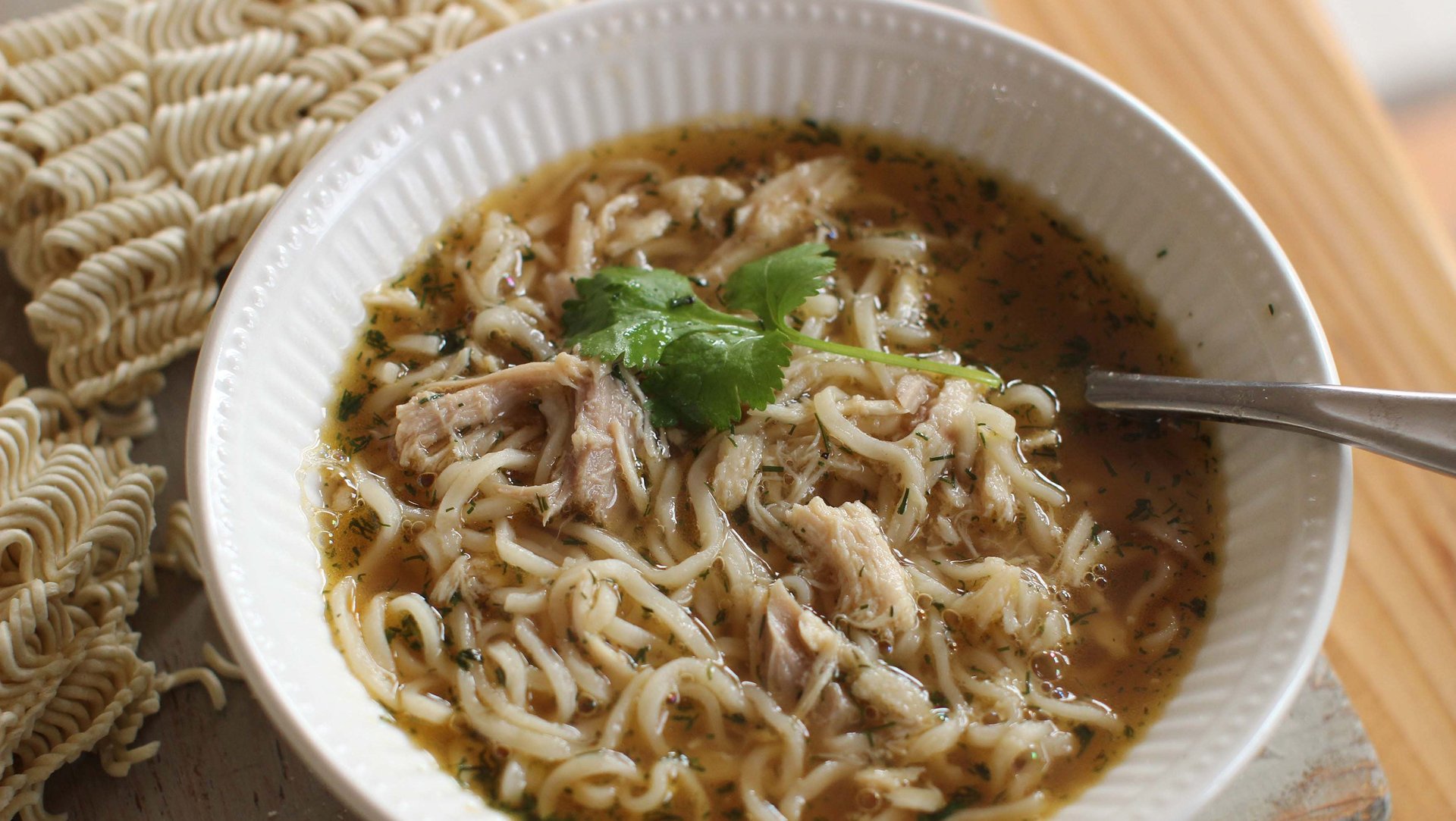Ramen noodles have become a crucial currency in prisons
The popular image of prison currency is the cigarette: a small, easily transferable moment of relief for those behind bars. Postage stamps, envelopes and pre-paid cash cards have also been crucial units of exchange in recent history. But a new study suggests that cost-cutting measures in US prisons have led to decreasing amounts of food given to inmates, and turned a new valuable item used as money: instant ramen noodles.


The popular image of prison currency is the cigarette: a small, easily transferable moment of relief for those behind bars. Postage stamps, envelopes and pre-paid cash cards have also been crucial units of exchange in recent history. But a new study suggests that cost-cutting measures in US prisons have led to decreasing amounts of food given to inmates, and turned a new valuable item used as money: instant ramen noodles.
“This change in prison monetary practices reflects the changing needs of inmates: nonessential luxury goods like tobacco (inmate wants) have been surpassed by essential forms of sustenance (inmate needs),” writes Michael Gibson-Light, a doctoral candidate at the University of Arizona School of Sociology, in a not-yet-published study presented at the American Sociological Association’s annual meeting on August 22.
With massive prison populations and small budgets mandated by lawmakers, inmates are getting less and less food — a trend so pervasive in the US criminal justice system that it was portrayed in the popular Netflix show “Orange is the New Black.” Some facilities have cut down the cost of each meal to as low as $0.15, according to a Marshall Project survey. Inmates report losing significant amounts of weight, and according to a 2014 federal lawsuit, are fed “not even enough to fill a 5-year-old child.”
Gibson-Light looked at one unnamed prison—identified in the study as a “Sunbelt state penitentiary”—which switched from one private food company to another in the early 2000s, and reduced portions at the time. On weekends, lunch was removed from the menu altogether.
So to feed themselves, prisoners often have to rely on items available in the prison commissary, where they spend money from their minimal prison work wages, or given to them by family members on the outside. “Soups,” as packets of ramen noodles are known, quickly make their way to the underground prison economy.
Ramen noodles retain their value over a long period of time and are easy to exchange, making them a convenient form of currency. ”Because it is cheap, tasty, and rich in calories, ramen has become so valuable that it is used to exchange for other goods,” Gibson-Light said in a statement.
One inmate told the researcher:
“It’s ‘cause people are hungry. You can tell how good a man’s doing [financially] by how many soups he’s got in his locker. ‘20 soups? Oh, that guy’s doing good!’ […] People will pay more for an envelope when they need to write home to get more soups! Prison is like the streets—you use currency for everything. In here, [shrugging] it’s soups.”
They have become so highly-valued that two packets of soup that cost $0.59 each in the commissary can buy a sweatshirt worth $10.81.
Of course, the study uses just one prison as a case study, and is based on a small sample size of 50 inmates and seven prison staff members. But other reports, and “Prison Ramen: Recipes And Stories From Behind Bars,” a 2015 cookbook from former inmate Gustavo “Goose” Alvarez, confirms that the noodles have become a highly-prized possession.
In 2015, Alvarez told NPR “That’s everybody’s staple in prison: No matter who you are, you’re cooking with ramen.”